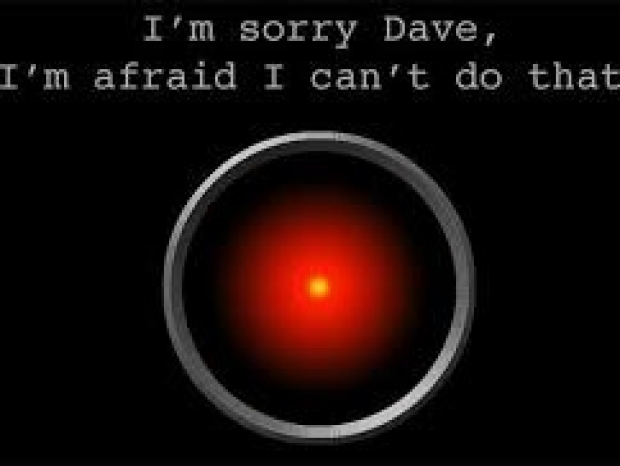It is hardly a supercomputer because it is only the size of a basket ball, but it will use some of Big Blue's Watson technology and is called CIMON (Crew Interactive Mobile Companion).
CIMON is currently being developed by Airbus on behalf of the German Aerospace Center (DLR) as an intelligent, mobile and interactive astronaut assistance system. It will be tested on the ISS as part of the Horizons mission of the European Space Agency.
CIMON, using IBM’s Watson technology, will help astronaut Gerst to perform three tasks: Together they will experiment with crystals, solve the Rubik magic cube based on videos and conduct a complex medical experiment using CIMON as an ‘intelligent’ flying camera.
The idea is to built a collegial “working relationship” with astronauts as they work through their prescribed checklists of experiments. The developers responsible for CIMON predict that this will help reduce astronauts’ stress and at the same time improve efficiency. In addition, CIMON helps enhance safety, because it can also serve as an early warning system in case of technical problems in the future.
CIMON is being trained to identify its environment and its human interaction partners. AI gives the space assistant text, speech and image processing capabilities, as well as the ability to retrieve specific information and findings. These skills, which can be trained individually and deepened in the context of a given assignment, are developed based on the principle of understanding – reasoning – learning.
Watson speech and vision technologies helped train CIMON to recognise the crew using voice samples and images. It also used the Watson Visual Recognition service to learn the construction plans of the Columbus module on the International Space Station to be able to easily move around. CIMON also learned all the procedures to help carrying out the on-board experiments. Experiments sometimes consist of more than 100 different steps, CIMON knows them all.
IBM Watson services run on the IBM Cloud, which provides a further advantage for users, in general, and for use on the ISS in particular: sensitive, proprietary data can remain where it is created, such as in the protected area of your own server or database. You don’t need to upload it to an external cloud for it to be enriched with appropriate AI capabilities.
In the mid-term, the CIMON project will also be devoted to psychological group effects that can develop in small teams over a long period of time and occur during long-term space missions. CIMON’s creators are confident that social interactions between humans and machines, in this case between astronauts and a space attendant, equipped with emotional intelligence could make an important contribution to mission success. We predict that assistance systems of this kind also have a bright future right here on earth, such as in hospitals or to support nursing care.




